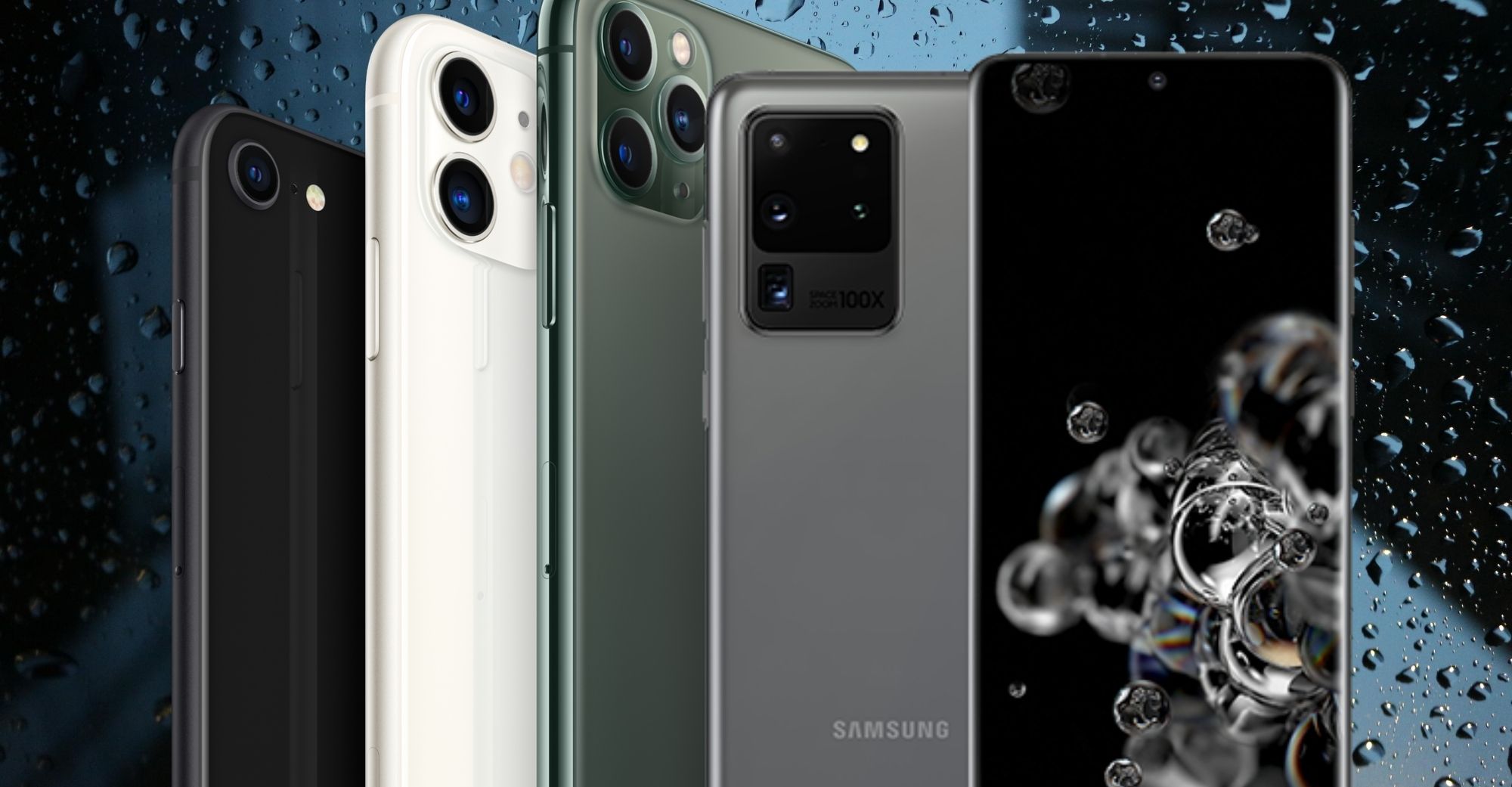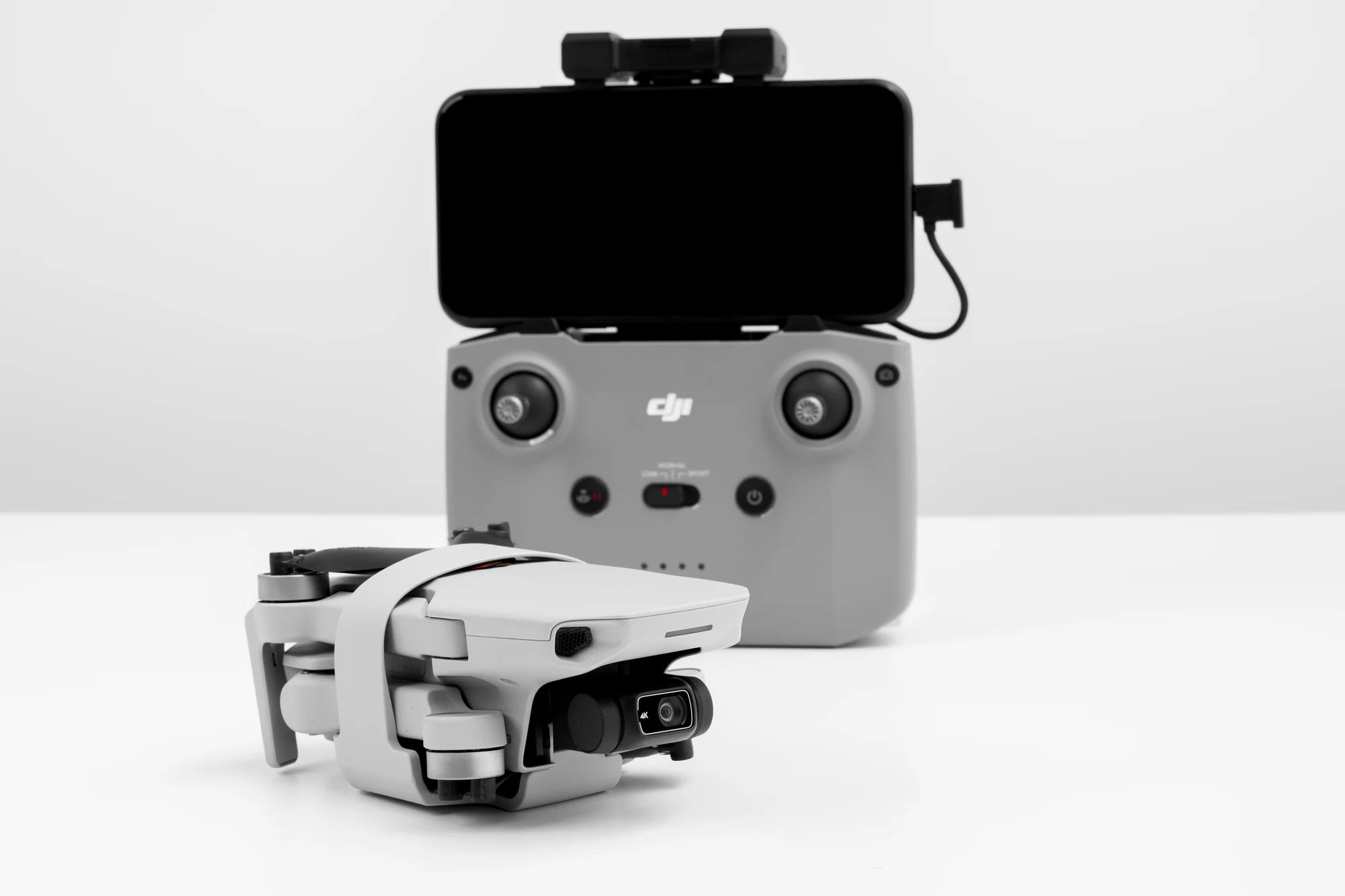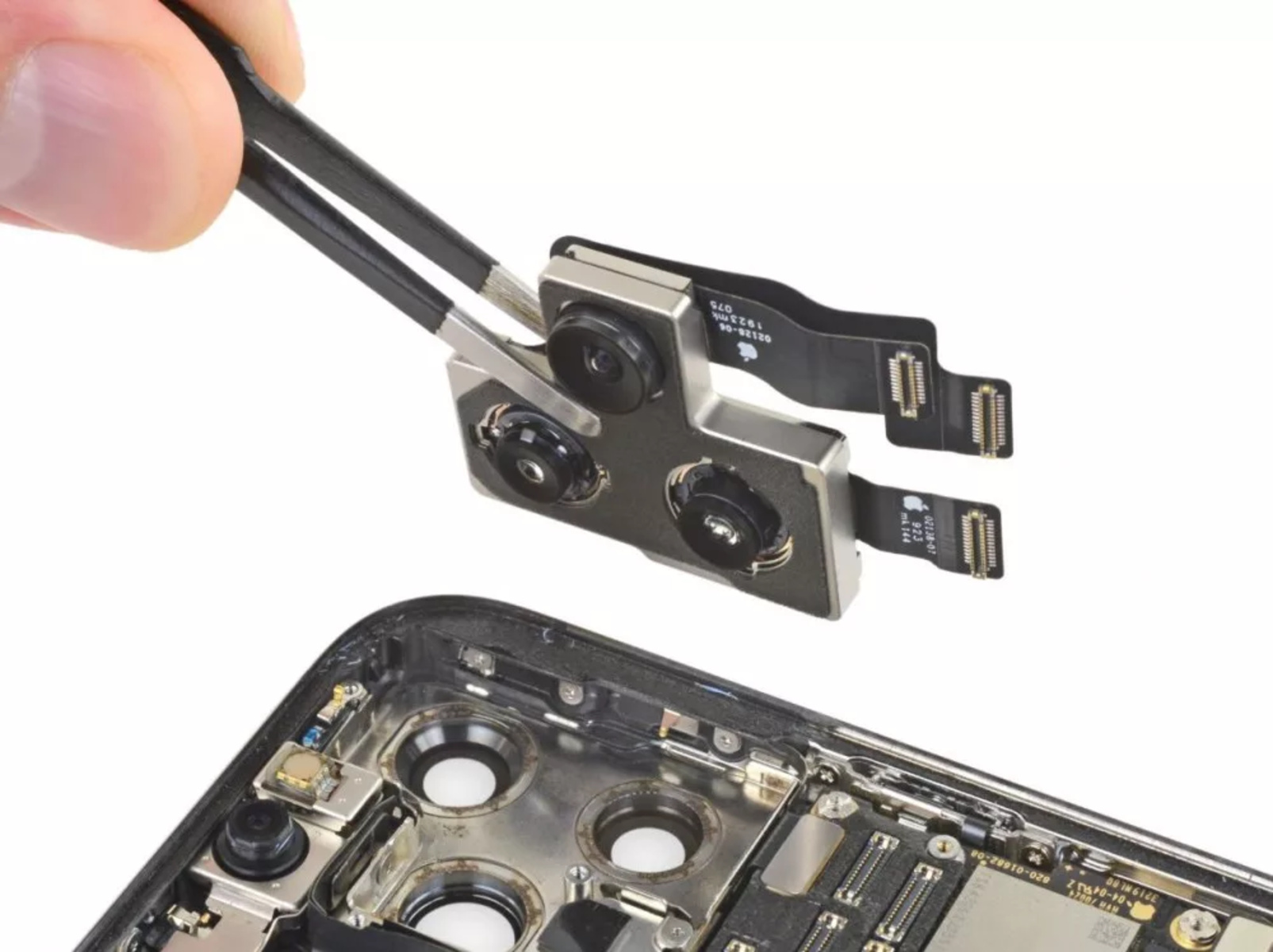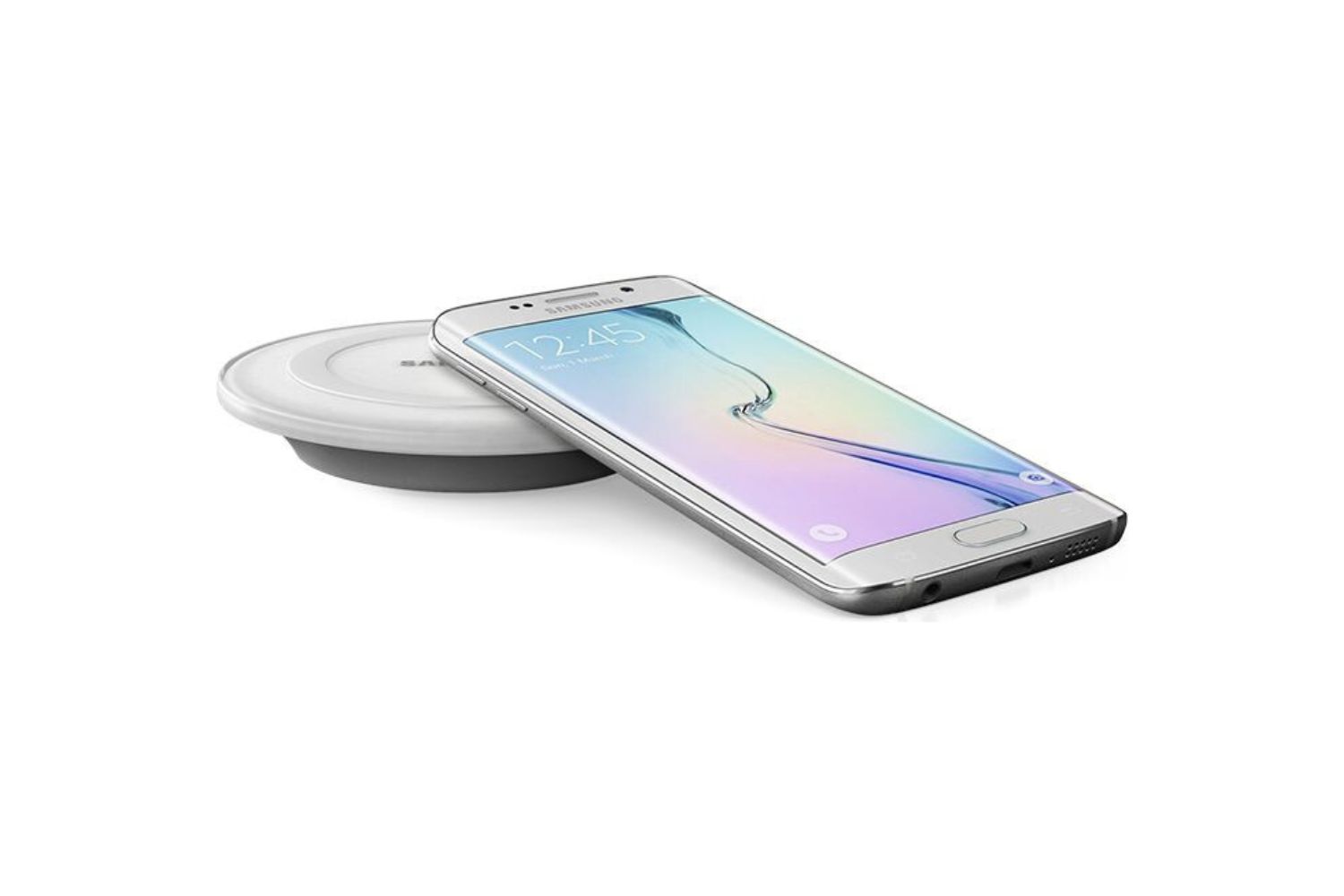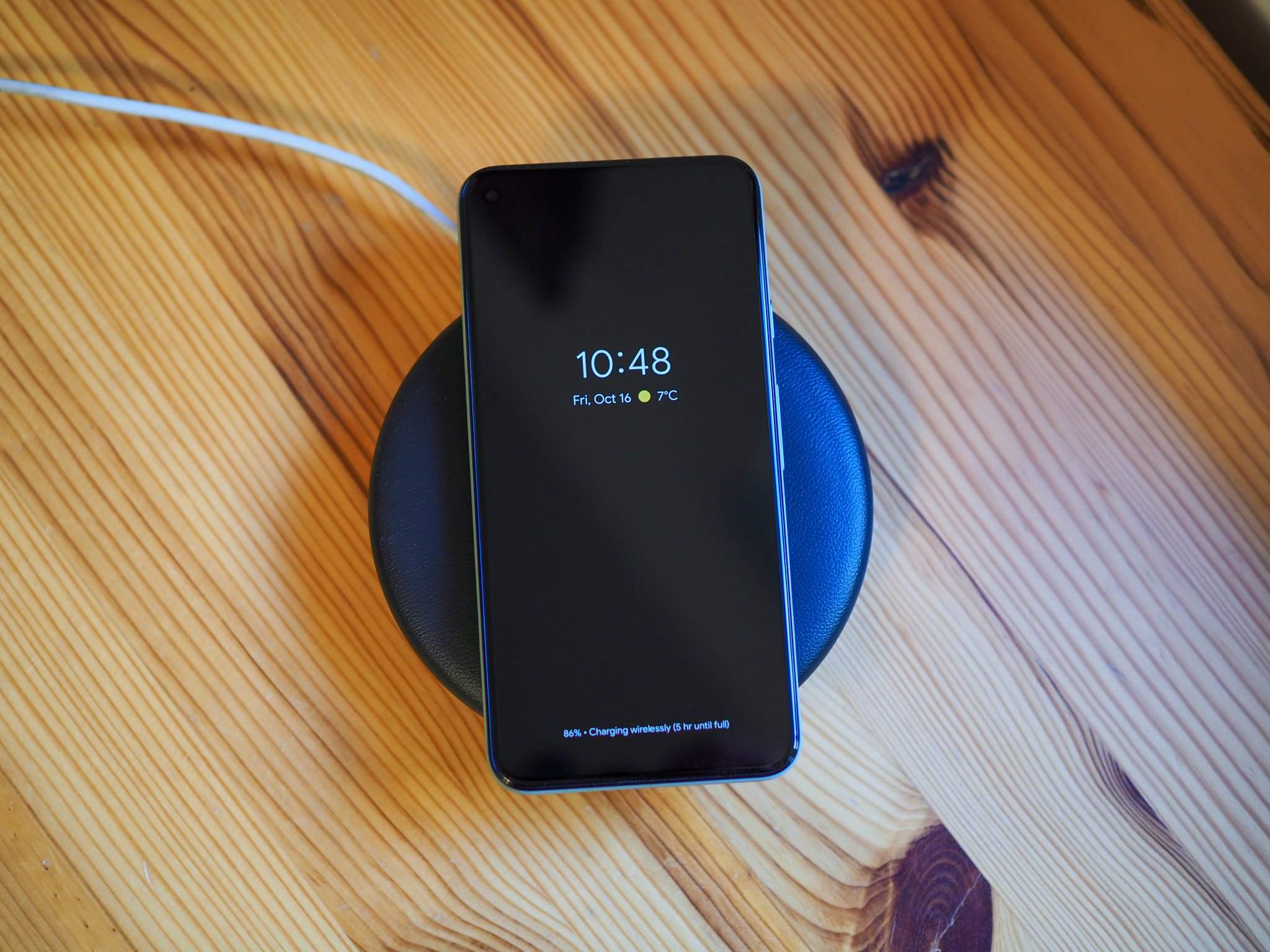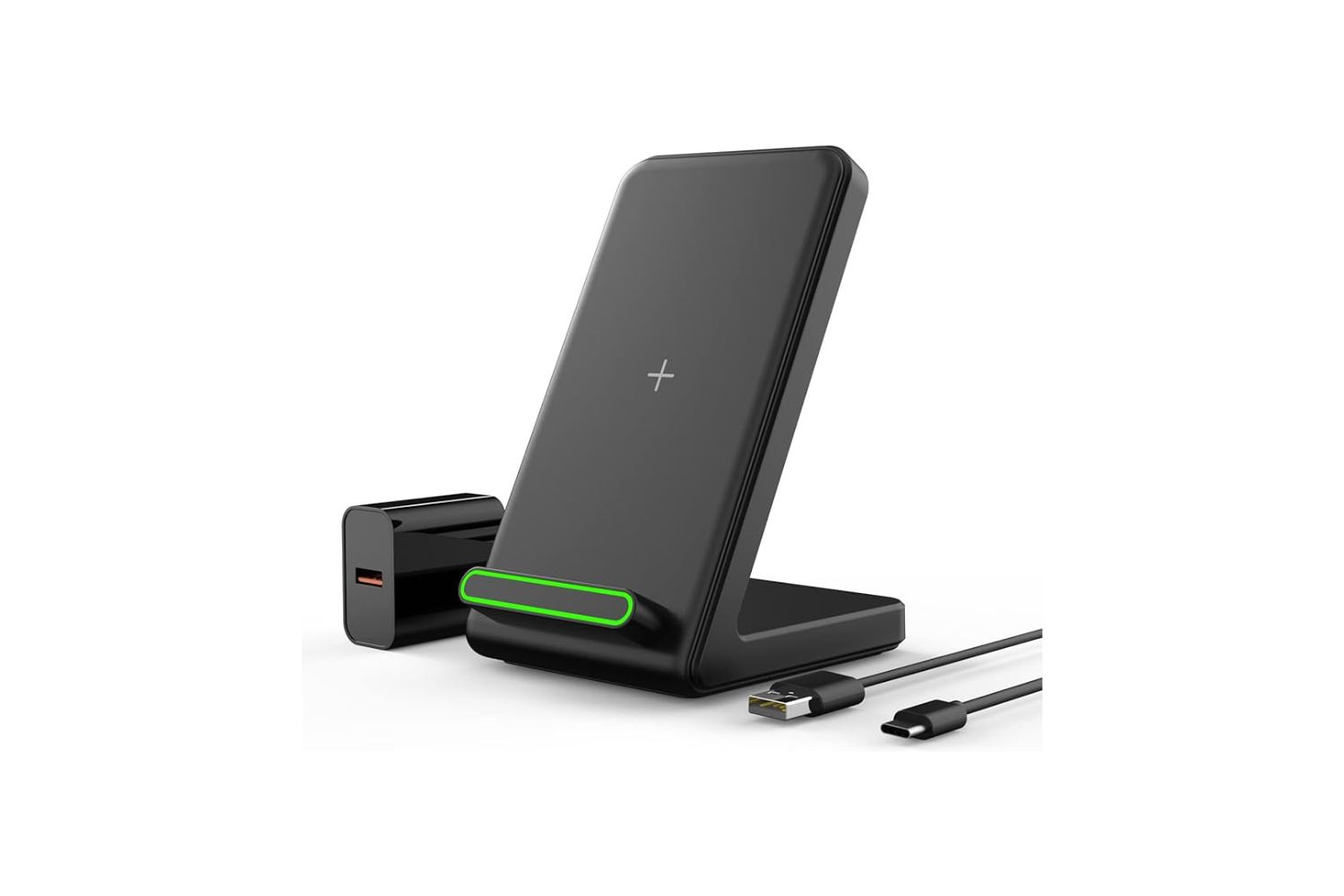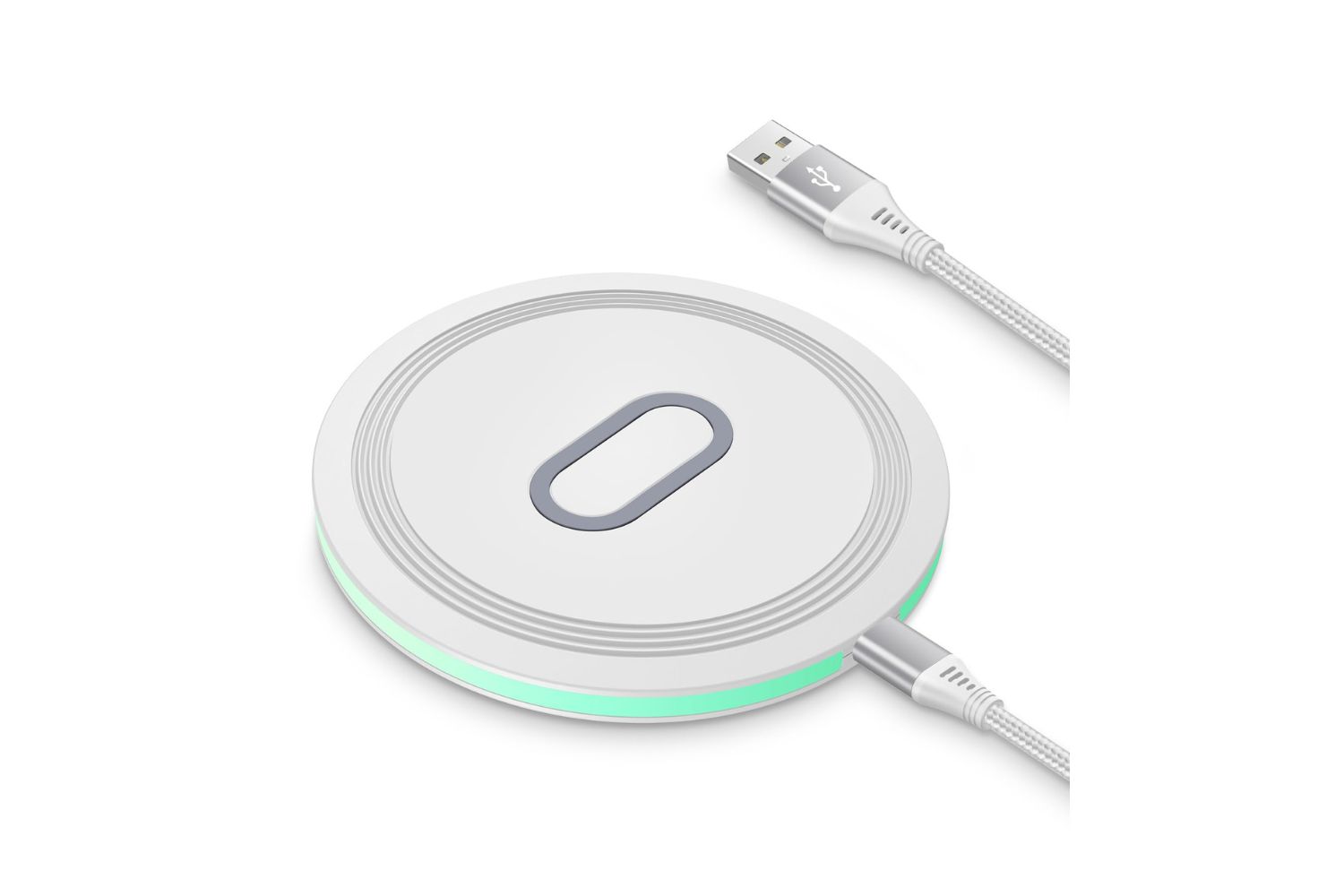Design and Build Quality
The design and build quality of a smartphone play a pivotal role in shaping the user experience and overall satisfaction. When comparing the Pixel 6 Pro and the iPhone 13 Pro Max, it's essential to delve into the intricate details of their physical attributes and construction.
Pixel 6 Pro
The Pixel 6 Pro boasts a sleek and modern design that seamlessly integrates with Google's vision of a premium smartphone. Its curved edges and slim profile exude elegance, while the choice of materials, including a polished aluminum frame and a soft matte glass back, adds a touch of sophistication. The device is available in a range of captivating colors, allowing users to express their individuality.
iPhone 13 Pro Max
In contrast, the iPhone 13 Pro Max showcases Apple's signature design language, characterized by precision engineering and attention to detail. The surgical-grade stainless steel frame not only enhances durability but also contributes to the device's premium aesthetics. The ceramic shield front cover and textured matte glass back further elevate the device's overall appeal.
Comparative Analysis
When comparing the two devices, it becomes evident that both the Pixel 6 Pro and the iPhone 13 Pro Max exhibit exceptional build quality and attention to design. While the Pixel 6 Pro embraces a more contemporary and minimalist approach, the iPhone 13 Pro Max exudes a timeless and refined aesthetic. Ultimately, the choice between the two would largely depend on individual preferences and brand affinity.
In summary, the design and build quality of the Pixel 6 Pro and the iPhone 13 Pro Max exemplify the pinnacle of craftsmanship and innovation in the realm of smartphone design. Each device offers a unique blend of materials, form factors, and finishes, catering to the diverse tastes and preferences of consumers. Whether it's the modern allure of the Pixel 6 Pro or the timeless sophistication of the iPhone 13 Pro Max, both devices stand as epitomes of excellence in design and build quality.
Display and Screen Technology
The display and screen technology of a smartphone are pivotal factors that significantly influence the user experience. When comparing the Pixel 6 Pro and the iPhone 13 Pro Max, it's essential to delve into the intricate details of their display specifications, screen technologies, and overall visual performance.
Pixel 6 Pro
The Pixel 6 Pro features a stunning 6.7-inch LTPO OLED display with a QHD+ resolution, offering an immersive viewing experience with vibrant colors and deep contrasts. The adaptive refresh rate, ranging from 10Hz to 120Hz, ensures smooth transitions and optimal power efficiency, dynamically adjusting based on the content being viewed. This results in a seamless and responsive display, whether scrolling through social media feeds or enjoying high-definition video content.
iPhone 13 Pro Max
In contrast, the iPhone 13 Pro Max boasts a 6.7-inch Super Retina XDR display with ProMotion technology, delivering a remarkable visual experience with true-to-life colors and exceptional brightness. The ProMotion feature enables a dynamic refresh rate of up to 120Hz, ensuring fluid interactions and enhanced responsiveness, especially during gaming and multimedia consumption. The Ceramic Shield front cover provides added durability and protection, contributing to a robust and reliable display.
Comparative Analysis
When comparing the display and screen technology of the Pixel 6 Pro and the iPhone 13 Pro Max, both devices excel in offering top-tier visual experiences. The Pixel 6 Pro's LTPO OLED display impresses with its adaptive refresh rate and stunning color accuracy, while the iPhone 13 Pro Max's Super Retina XDR display, coupled with ProMotion technology, delivers unparalleled brightness and fluidity.
In summary, the Pixel 6 Pro and the iPhone 13 Pro Max stand as epitomes of excellence in display and screen technology, each showcasing unique strengths and capabilities. Whether it's the adaptive refresh rate of the Pixel 6 Pro or the ProMotion technology of the iPhone 13 Pro Max, both devices elevate the standard for visual performance, catering to the discerning needs of users who prioritize an exceptional viewing experience.
Camera and Imaging Capabilities
The camera and imaging capabilities of a smartphone are pivotal in capturing life's moments with precision and artistry. When comparing the Pixel 6 Pro and the iPhone 13 Pro Max, it's essential to delve into the intricate details of their camera systems, imaging technologies, and overall photographic prowess.
Pixel 6 Pro
The Pixel 6 Pro is equipped with a sophisticated camera setup, featuring a 50MP wide lens, a 12MP ultra-wide lens, and a 48MP telephoto lens. This versatile configuration enables users to capture a diverse range of scenes with exceptional clarity and detail. The inclusion of advanced computational photography, powered by Google's renowned algorithms, further enhances the device's imaging capabilities, delivering stunning results in various lighting conditions.
One of the standout features of the Pixel 6 Pro's camera system is its astrophotography mode, allowing users to capture mesmerizing shots of the night sky with unprecedented clarity and definition. Additionally, the device's advanced AI-driven processing enables features such as Magic Eraser, which effortlessly removes unwanted elements from photos, and Face Unblur, ensuring that every portrait shot is impeccably sharp and focused.
iPhone 13 Pro Max
In contrast, the iPhone 13 Pro Max boasts a formidable camera array, comprising a 12MP wide lens, a 12MP ultra-wide lens, and a 12MP telephoto lens. Leveraging Apple's renowned image signal processor and computational photography capabilities, the device delivers exceptional image quality and dynamic range, empowering users to unleash their creativity and capture stunning visuals.
The ProRAW and ProRes video recording capabilities of the iPhone 13 Pro Max elevate the device to a professional-grade imaging tool, enabling photographers and videographers to harness the full potential of the device's camera system. The integration of advanced features such as Photographic Styles and Night mode further expands the creative possibilities, ensuring that every shot is imbued with artistic expression and technical excellence.
Comparative Analysis
When comparing the camera and imaging capabilities of the Pixel 6 Pro and the iPhone 13 Pro Max, both devices excel in delivering exceptional photographic experiences. The Pixel 6 Pro's emphasis on computational photography and astrophotography capabilities sets it apart as a versatile tool for capturing the wonders of the world, while the iPhone 13 Pro Max's ProRAW and ProRes features position it as a professional-grade imaging powerhouse.
In summary, the Pixel 6 Pro and the iPhone 13 Pro Max stand as epitomes of excellence in camera and imaging capabilities, each offering a unique blend of technological innovation and creative potential. Whether it's the computational prowess of the Pixel 6 Pro or the professional-grade capabilities of the iPhone 13 Pro Max, both devices empower users to unleash their artistic vision and capture life's moments with unparalleled precision and beauty.
Performance and Processing Power
The performance and processing power of a smartphone are pivotal in determining its ability to handle demanding tasks and deliver a seamless user experience. When evaluating the Pixel 6 Pro and the iPhone 13 Pro Max in this regard, it's essential to delve into the intricacies of their hardware, processing capabilities, and overall computational prowess.
Pixel 6 Pro
The Pixel 6 Pro is powered by Google's custom-designed Tensor SoC, a testament to the company's commitment to optimizing hardware and software integration. This advanced chipset, coupled with 12GB of RAM, delivers exceptional processing power, enabling swift multitasking, fluid app launches, and responsive interactions. Whether it's editing high-resolution photos, engaging in immersive gaming experiences, or streaming high-definition content, the Pixel 6 Pro's hardware prowess ensures a consistently smooth and efficient performance.
Furthermore, the integration of a Titan M2 security coprocessor enhances the device's security and data protection, instilling confidence in users regarding the safeguarding of their sensitive information. The Tensor SoC's AI and machine learning capabilities not only optimize system performance but also contribute to enhancing user interactions and personalization, creating a tailored and intuitive user experience.
iPhone 13 Pro Max
In contrast, the iPhone 13 Pro Max is equipped with Apple's A15 Bionic chip, renowned for its industry-leading performance and energy efficiency. The fusion of the A15 Bionic chip with 6GB of RAM results in a powerhouse combination, empowering the device to effortlessly handle resource-intensive tasks with remarkable speed and agility. Whether it's capturing and editing cinematic videos using advanced editing tools or engaging in augmented reality experiences, the iPhone 13 Pro Max's processing power ensures a seamless and immersive user experience.
The integration of the Neural Engine and the ISP (Image Signal Processor) within the A15 Bionic chip elevates the device's computational capabilities, enabling advanced photography and video processing. This not only enhances the device's imaging prowess but also contributes to the overall performance optimization, ensuring that every interaction and task execution is executed with precision and efficiency.
Comparative Analysis
When comparing the performance and processing power of the Pixel 6 Pro and the iPhone 13 Pro Max, both devices stand as exemplars of technological innovation and computational prowess. The Pixel 6 Pro's Tensor SoC and the iPhone 13 Pro Max's A15 Bionic chip represent the pinnacle of mobile processing power, each delivering exceptional performance and efficiency.
In summary, the Pixel 6 Pro and the iPhone 13 Pro Max epitomize excellence in performance and processing power, showcasing the culmination of cutting-edge hardware and software integration. Whether it's the Tensor SoC's AI capabilities of the Pixel 6 Pro or the A15 Bionic chip's industry-leading performance of the iPhone 13 Pro Max, both devices redefine the boundaries of mobile computational power, setting new standards for seamless and responsive user experiences.
Operating System and User Interface
The operating system and user interface of a smartphone serve as the foundation of the device's functionality and user interaction. When comparing the Pixel 6 Pro and the iPhone 13 Pro Max in this aspect, it's essential to delve into the intricacies of their respective operating systems and the user experience they offer.
Pixel 6 Pro:
The Pixel 6 Pro runs on Android 12, the latest iteration of Google's mobile operating system. Android 12 introduces a host of intuitive features and visual enhancements, aimed at elevating the user experience to new heights. The Material You design language, a hallmark of Android 12, enables seamless customization, allowing users to personalize their device's interface, colors, and widgets to reflect their unique style and preferences. This level of personalization fosters a sense of ownership and individuality, creating a user interface that feels tailored to the user's tastes.
Furthermore, Android 12 introduces enhanced privacy features, empowering users with greater control over their data and app permissions. The Privacy Dashboard provides a comprehensive overview of app permissions and data access, enabling users to make informed decisions regarding their privacy settings. Additionally, the integration of security updates and protections ensures that the Pixel 6 Pro offers a secure and reliable user experience, instilling confidence in users regarding the safety of their digital interactions.
iPhone 13 Pro Max:
In contrast, the iPhone 13 Pro Max operates on iOS 15, Apple's latest iteration of its renowned mobile operating system. iOS 15 introduces a plethora of innovative features, designed to streamline user interactions and enhance productivity. The Focus mode, a standout feature of iOS 15, enables users to customize their device's notifications and app interactions based on their current activity or time of day, fostering a distraction-free and tailored user experience. This level of customization empowers users to maintain their focus and productivity, ensuring that their device adapts to their lifestyle and preferences.
Moreover, iOS 15 introduces advancements in privacy and security, further fortifying the device's integrity and user data protection. The App Privacy Report provides users with insights into how apps access their data, offering transparency and control over their digital footprint. The integration of intelligent tracking prevention and enhanced security protocols underscores Apple's commitment to safeguarding user privacy and maintaining a secure ecosystem.
Comparative Analysis:
When comparing the operating system and user interface of the Pixel 6 Pro and the iPhone 13 Pro Max, both devices excel in offering intuitive and secure user experiences. Android 12's emphasis on personalization and privacy, coupled with iOS 15's focus on productivity and security, underscores the commitment of both Google and Apple to prioritize user-centric design and data protection.
In summary, the Pixel 6 Pro and the iPhone 13 Pro Max epitomize excellence in operating system and user interface design, each offering a unique blend of customization, privacy features, and productivity enhancements. Whether it's the personalized experience of Android 12 or the streamlined interactions of iOS 15, both devices redefine the boundaries of user-centric design, setting new standards for intuitive and secure mobile experiences.
Battery Life and Charging
The battery life and charging capabilities of a smartphone are crucial factors that directly impact the device's usability and convenience. When evaluating the Pixel 6 Pro and the iPhone 13 Pro Max in this aspect, it's essential to delve into the intricacies of their battery performance, charging speeds, and overall power management.
Pixel 6 Pro:
The Pixel 6 Pro is equipped with a robust 5003mAh battery, designed to provide extended usage without compromising on performance. The device's power-efficient LTPO OLED display, coupled with Google's AI-driven optimizations, ensures that the battery life is maximized, allowing users to stay connected and productive throughout the day. Whether it's streaming high-definition content, engaging in gaming sessions, or multitasking across various apps, the Pixel 6 Pro's battery endurance stands as a testament to Google's commitment to delivering a reliable and long-lasting user experience.
In terms of charging, the Pixel 6 Pro supports fast charging capabilities, enabling users to replenish the battery swiftly and efficiently. The inclusion of a 30W USB Type-C power adapter ensures rapid charging, minimizing downtime and empowering users to stay connected without prolonged interruptions. Additionally, the device supports wireless charging and reverse wireless charging, offering versatile charging options to suit diverse user preferences and scenarios.
iPhone 13 Pro Max:
The iPhone 13 Pro Max features a high-capacity 4352mAh battery, meticulously engineered to deliver exceptional endurance and reliability. Apple's seamless integration of hardware and software optimizations ensures that the device's battery life is maximized, enabling users to engage in a wide range of activities without constantly worrying about recharging. Whether it's capturing stunning photos and videos, navigating demanding apps, or enjoying immersive AR experiences, the iPhone 13 Pro Max's battery performance remains consistent and dependable.
When it comes to charging, the iPhone 13 Pro Max supports fast charging capabilities, allowing users to recharge the device swiftly and efficiently. The compatibility with Apple's MagSafe technology further enhances the charging experience, offering a secure and convenient method of wireless charging. Additionally, the device is compatible with a range of third-party wireless chargers, providing users with flexibility and convenience in managing their charging needs.
Comparative Analysis:
When comparing the battery life and charging capabilities of the Pixel 6 Pro and the iPhone 13 Pro Max, both devices excel in delivering reliable endurance and efficient charging solutions. The Pixel 6 Pro's emphasis on fast charging and versatile wireless charging options, coupled with the iPhone 13 Pro Max's seamless integration of hardware and software optimizations, underscores the commitment of both Google and Apple to prioritize user convenience and uninterrupted usage.
In summary, the Pixel 6 Pro and the iPhone 13 Pro Max epitomize excellence in battery life and charging capabilities, each offering a seamless blend of long-lasting endurance and rapid charging solutions. Whether it's the versatile charging options of the Pixel 6 Pro or the seamless integration of hardware and software optimizations of the iPhone 13 Pro Max, both devices redefine the boundaries of reliable battery performance and efficient charging, setting new standards for uninterrupted and convenient mobile experiences.
Additional Features and Accessories
In addition to their core functionalities, the Pixel 6 Pro and the iPhone 13 Pro Max offer a range of additional features and accessories that further enhance the overall user experience. These supplementary elements cater to diverse user needs and preferences, elevating the devices beyond their primary capabilities.
Pixel 6 Pro:
Google has integrated a host of innovative features into the Pixel 6 Pro, aiming to provide users with a comprehensive and versatile toolset. The device incorporates advanced AI-driven functionalities, such as Live Caption, which automatically generates real-time captions for media content, ensuring accessibility for users with hearing impairments. Additionally, the Pixel 6 Pro's Call Screen feature leverages AI to screen incoming calls, filter out spam, and provide users with contextual information before answering, empowering them to manage their communications effectively.
Furthermore, the Pixel 6 Pro is compatible with a range of accessories designed to complement and extend its capabilities. The Pixel Stand, a wireless charging dock, not only replenishes the device's battery but also transforms it into a personalized photo frame, leveraging Google Photos to display a curated selection of images. The integration of the Pixel Buds, Google's wireless earbuds, offers users a seamless audio experience, featuring adaptive sound, real-time translation, and hands-free access to Google Assistant, enhancing the device's versatility beyond traditional smartphone functionalities.
iPhone 13 Pro Max:
Apple has curated a diverse array of additional features and accessories to augment the iPhone 13 Pro Max's utility and appeal. The device integrates advanced privacy features, such as App Tracking Transparency, empowering users with transparency and control over app data tracking and utilization. The inclusion of Face ID, Apple's facial recognition technology, ensures secure and effortless device unlocking and authentication, prioritizing user privacy and convenience.
Moreover, the iPhone 13 Pro Max is complemented by a range of accessories that expand its functionality and user experience. The MagSafe ecosystem offers a selection of magnetic accessories, including MagSafe chargers, cases, and wallets, providing users with a seamless and secure attachment mechanism for enhancing their device's charging and protection capabilities. Additionally, the AirPods Pro, Apple's premium wireless earbuds, deliver immersive audio experiences, featuring active noise cancellation, spatial audio, and seamless integration with the iPhone 13 Pro Max, enriching the device's audio capabilities and user engagement.
In essence, the Pixel 6 Pro and the iPhone 13 Pro Max are accompanied by a rich tapestry of additional features and accessories, each contributing to a holistic and tailored user experience. Whether it's the AI-driven functionalities and versatile accessories of the Pixel 6 Pro or the advanced privacy features and seamless ecosystem integration of the iPhone 13 Pro Max, both devices exemplify a commitment to enhancing user interactions and expanding the boundaries of mobile innovation.








